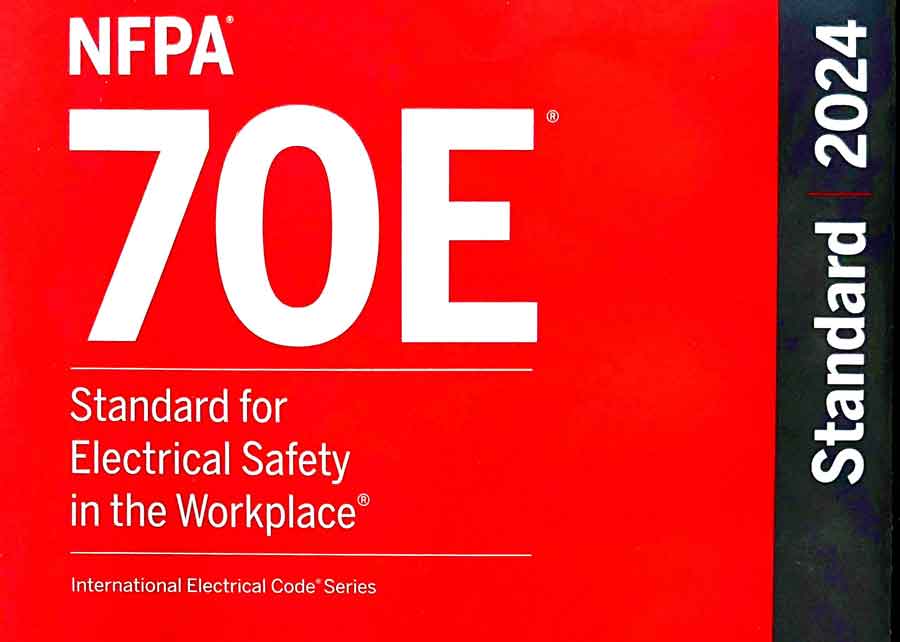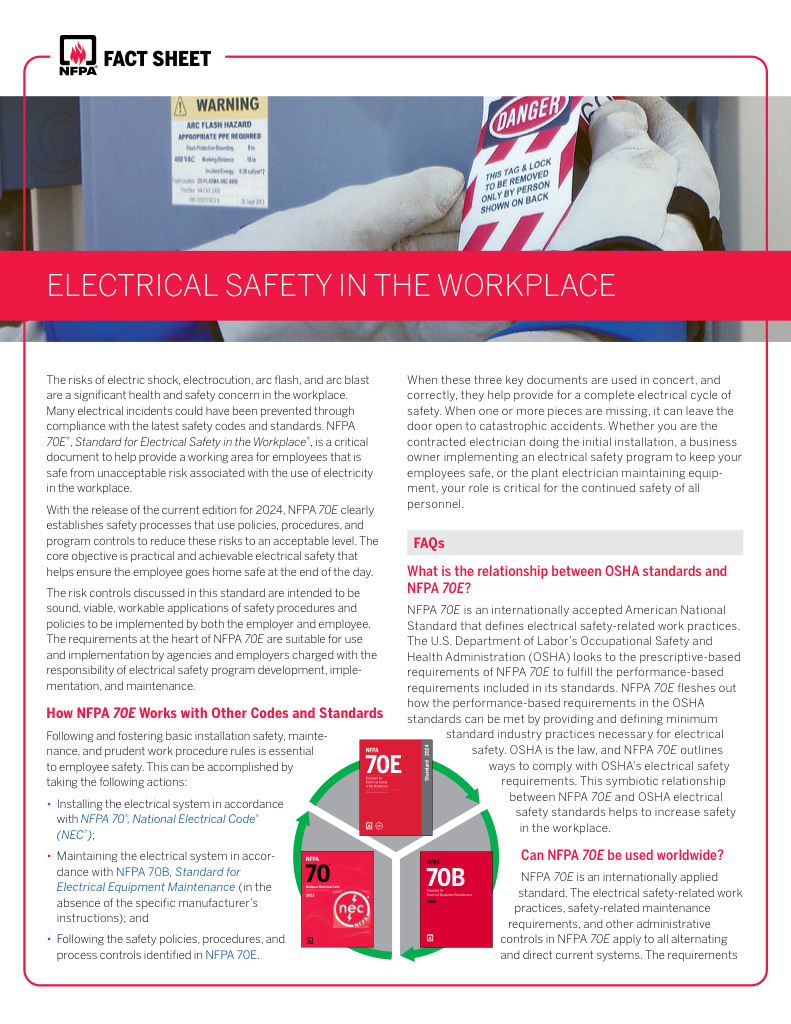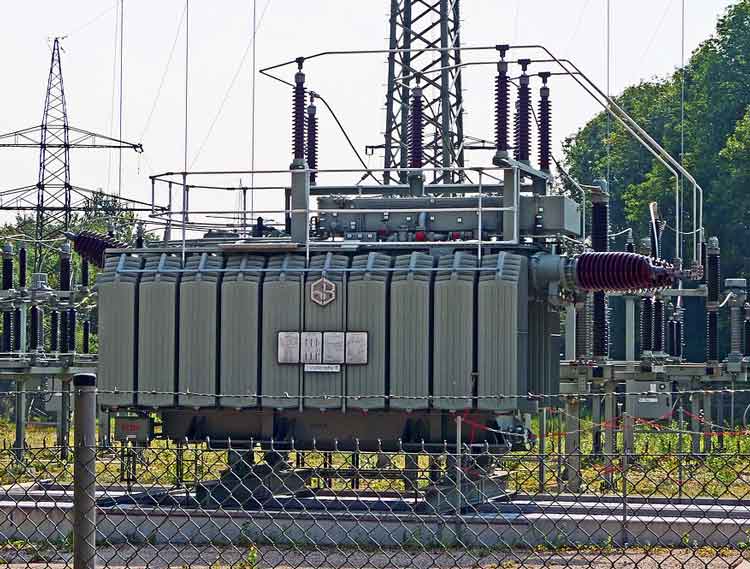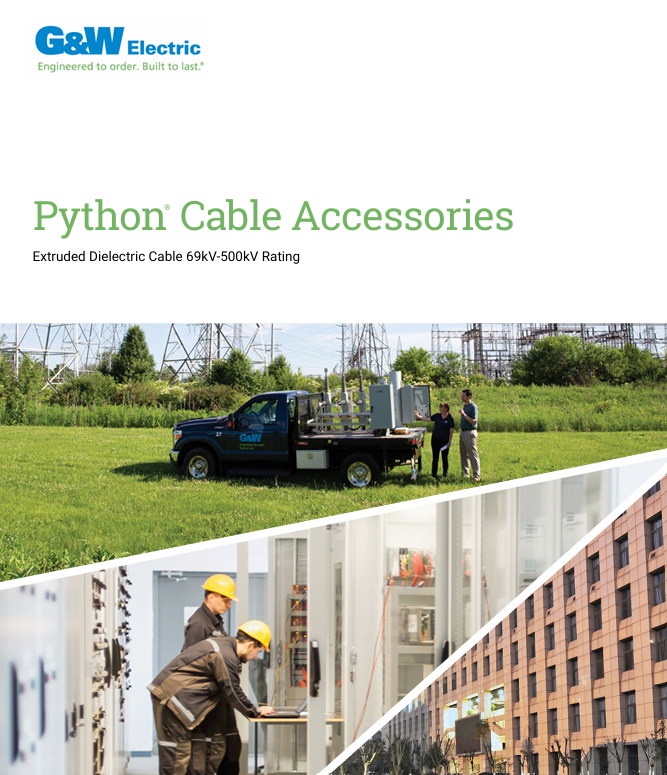NFPA 70E Provides Practical Guidance in Arc Flash

Arc Flash Training CSA Z462 - Electrical Safety Essentials
Our customized live online or in‑person group training can be delivered to your staff at your location.

- Live Online
- 6 hours Instructor-led
- Group Training Available
Download Our NFPA 70E Fact Sheet – 2024 Electrical Safety Edition

- Understand how NFPA 70E works with NEC and NFPA 70B standards
- Clarify the shared responsibility between employers and employees
- Learn how NFPA 70E supports OSHA compliance
NFPA 70E provides practical guidance in electrical safety, arc flash risk assessment, PPE selection, lockout/tagout procedures, and safe work practices to ensure compliance and reduce shocks, burns, and energized work hazards.
What Does 'NFPA 70E Provides Practical Guidance in' Mean?
It refers to NFPA 70E’s scope: arc flash risk assessment, PPE, LOTO, and safe electrical work practices.
✅ Defines arc flash boundaries and incident energy analysis
✅ Specifies PPE categories and approach boundaries for tasks
✅ Requires LOTO, written procedures, and training compliance
NFPA 70E provides practical guidance in developing safe electrical work practices, helping employers and workers reduce arc flash risks and comply with OSHA electrical PPE standards. This widely adopted standard provides guidance on detailed electrical safety protocols, including personal protective equipment (PPE) use, energized work assessments, and lockout/tagout procedures. By applying these best practices, organizations can prevent electrical hazards, improve worker protection, and meet the requirements of a comprehensive electrical safety program. As a foundational reference, the NFPA 70E Standard for Electrical Safety in the Workplace clarifies scope, key definitions, and applicability across industries.
For a full overview of how this standard originated and evolved, see NFPA 70E was originally developed at OSHA’s request.
For newcomers, the What is NFPA 70E? explainer outlines purpose, enforcement relationships, and typical users.
To plan curricula and refresher cycles, consult the NFPA 70E training requirements for frequency, documentation, and competency expectations.
Course outlines often mirror the NFPA 70E chapter summary to align modules with hazard identification, controls, and maintenance topics.
Request a Free Training Quotation
What Specific Safety Practices Does NFPA 70E Provide Guidance in Preventing Electrical Hazards?
NFPA 70E provides detailed safety practices aimed at preventing electrical hazards. These practices include identifying and assessing electrical hazards, establishing boundaries to limit access to hazardous areas, and implementing safe work procedures. For instance, it outlines methods for safely operating and maintaining electrical equipment, ensuring proper grounding, and conducting regular inspections and maintenance. By following these practices, organizations can significantly reduce the risk of electrical incidents and ensure a safer working environment.
Sign Up for Electricity Forum’s Arc Flash Newsletter
Stay informed with our FREE Arc Flash Newsletter — get the latest news, breakthrough technologies, and expert insights, delivered straight to your inbox.
Our NFPA 70E Arc Flash Requirements page offers a deeper dive into specific electrical hazard control categories and risk controls outlined in the standard.
How Does NFPA 70E Help Organizations Implement Effective Lockout/Tagout Procedures?
Lockout/tagout procedures are critical for controlling hazardous energy during maintenance and servicing of electrical equipment. NFPA 70E offers practical guidance on developing and implementing these procedures. It provides step-by-step instructions for locking out and tagging electrical equipment to prevent accidental energization. This includes identifying all energy sources, isolating them, and using locks and tags to secure the equipment. By adhering to these guidelines, organizations can protect workers from unexpected electrical energy releases, ensuring their safety during maintenance activities. Staying current with the NFPA 70E 2024 edition helps teams capture recent clarifications on lockout sequencing and verification steps.
To stay compliant, consult our NFPA70E Training Requirements article, which outlines mandatory instruction and refresher cycles for workers involved in LOTO practices.
In What Ways Does NFPA 70E Offer Practical Advice on the Use of PPE?
Personal protective equipment (PPE) is crucial for safeguarding workers against electrical hazards. NFPA 70E provides practical advice on selecting, using, and maintaining PPE. It includes guidelines for determining the appropriate level of protection based on the specific hazards present. For example, it advises on the use of arc-rated clothing, insulated gloves, and face shields to protect against arc flash and electric shock. The standard also emphasizes the importance of properly fitting and regularly inspecting PPE to ensure its effectiveness. By following these recommendations, workers can be adequately protected from electrical hazards. These decisions should align with the NFPA 70E arc flash requirements for selection methods and minimum protection criteria.
For a full list of requirements by hazard category, visit NFPA 70E PPE Requirements.
You can also consult the NFPA 70E Arc Flash Table to determine PPE needs for specific task types and voltage levels.
How Does NFPA 70E Support the Creation of an Electrically Safe Work Condition?
Creating an electrically safe work condition is a fundamental aspect of electrical safety. NFPA 70E supports this by providing procedures for de-energizing equipment, verifying the absence of voltage, and establishing safe work arc flash boundaries. This involves using appropriate tools and equipment to test for the absence of electrical energy, ensuring that equipment is properly locked out and tagged, and setting up physical barriers to prevent accidental contact with live parts. These measures help create a safe environment for employees, reducing the risk of electrical accidents.
For step-by-step compliance checks, review our NFPA 70E Compliance Checklist, which summarizes the critical actions needed to establish a safe work condition.
What Are the Key Components of NFPA 70e's Guidance on Performing Risk Assessments?
NFPA 70e provides practical guidance in risk assessments, which is crucial for identifying and mitigating electrical hazards. NFPA 70E outlines a structured approach for conducting these assessments. Key components include identifying all potential electrical hazards, evaluating the risks associated with each hazard, and implementing control measures to reduce those risks. The standard emphasizes the need to consider factors such as the likelihood of occurrence, potential severity of injury, and the effectiveness of existing controls. By systematically assessing risks and taking appropriate actions, organizations can enhance their electrical safety programs and protect their workers. For broader context on how risk assessment integrates with boundaries, the NFPA 70E overview connects program elements across assessment, procedures, and training.
For professionals seeking credentials in this area, our NFPA 70E Certification resource outlines the process for becoming certified in safety compliance and hazard analysis.
Related Articles:








